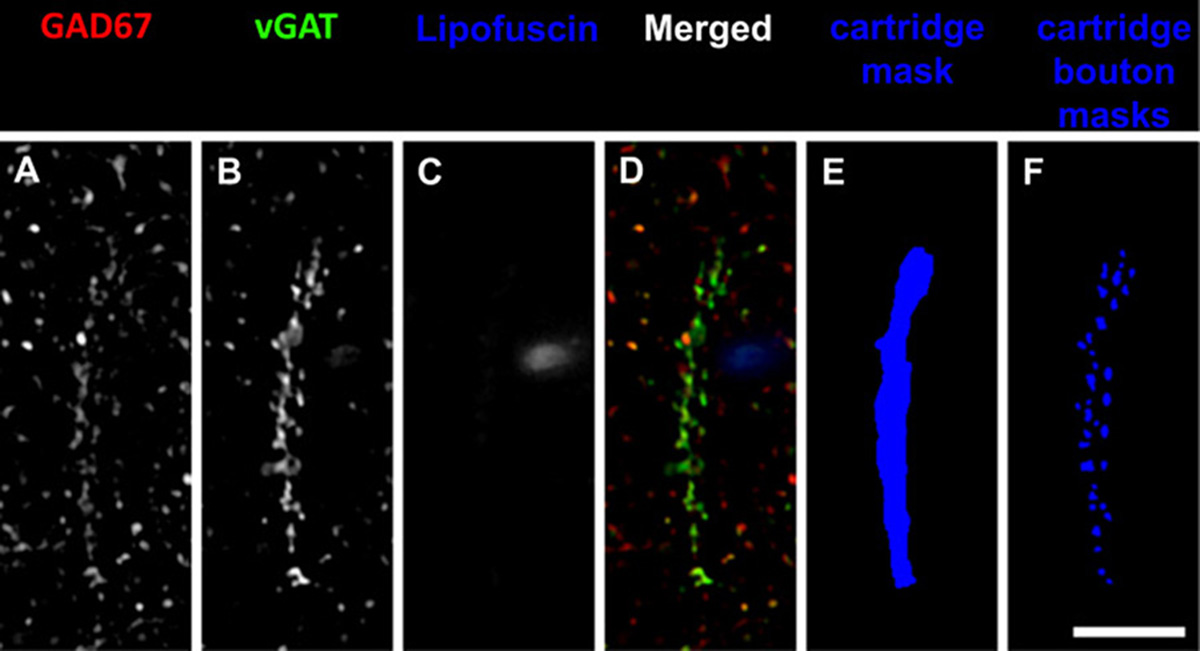Research by Dr. Ken Fish’s Lab Provides an Unprecedented Level of Insight into Disturbances in Cortical GABAergic Microcircuits

Research by Dr. Kenneth Fish’s laboratory provides an unprecedented level of resolution and insight into disturbances in cortical GABAergic microcircuits, which are thought to underlie cognitive impairments in schizophrenia. In an article published in Biological Psychiatry, the investigators reveal new detailed understanding about alterations in neurocircuitry that point to abnormal neurodevelopment in the disorder. A recent generation of studies of postmortem brain tissue from people with schizophrenia have shed light on schizophrenia-related abnormalities in the interplay of the main excitatory neurons, pyramidal neurons, and a specific class of inhibitory nerve cells called chandelier cells in the prefrontal cortex. Chandelier cells tune the activity of pyramidal neurons by releasing the inhibitory transmitter GABA through complex arrays of connections called cartridges. Previous postmortem studies have led to the hypothesis that most cartridges across cortical layers 2-5 had a decreased level of GABA reuptake, presumably a compensatory mechanism for lower GABA signaling associated with the disorder. However, the new postmortem study from the same group found evidence suggesting the ability of chandelier cells to synthesize and release GABA within the prefrontal cortex is unaltered in schizophrenia and demonstrating that the density of a specific subclass of chandelier cell cartridges is higher exclusively in layer 2 in the disease.
Working with the article’s first author, Brad Rocco, a graduate student in his laboratory, Dr. Fish and his team compared GABA synthesizing and packaging proteins within, and the density of, chandelier cell cartridges in the prefrontal cortex of 20 schizophrenia subjects and 20 comparison subjects. In layer 2, the density of cartridges arising from a transcriptionally-unique subset of chandelier cells containing calbindin, which comprise only a small fraction of neurons in the prefrontal cortex, was nearly 3-fold higher in the schizophrenia group. In contrast, there was no difference in the density of chandelier cell cartridges lacking calbindin in layer 2 or in either type of cartridge across layers 3-6. The study was unable to determine the cause of this increased cartridge density, but Dr. Fish suspects a developmental origin based on the layer specificity of the findings. Chandelier cell cartridges undergo dramatic pruning during development, and layer 2 matures much later than the deeper cortical layers, which had normal cartridge densities. “This finding suggests that the normal developmental pruning of these cartridges might be blunted in schizophrenia,” said Dr. Fish.
Dr. Fish noted that substantial resources are being invested in the identification of transcriptionally-unique subtypes of human brain cells, an essential element in understanding the human brain, and the new findings highlight the importance of studying these types of cells in psychiatric disease. “The long-term goal of these efforts is to identify new ways to treat, cure, and even prevent brain disorders,” said Dr. Fish.
Contributors
Brad R. Rocco, PhD, Adam M. DeDionisio, David A. Lewis, MD and Kenneth N. Fish, PhD (Department of Psychiatry, University of Pittsburgh School of Medicine)
This article appears in the journal Biological Psychiatry.
Citation: Alterations in a Unique Class of Cortical Chandelier Cell Axon Cartridges in Schizophrenia, Rocco BR, DeDionisio AM, Lewis DA and Fish KN
Biological Psychiatry, 2017, 82(1):40-48
